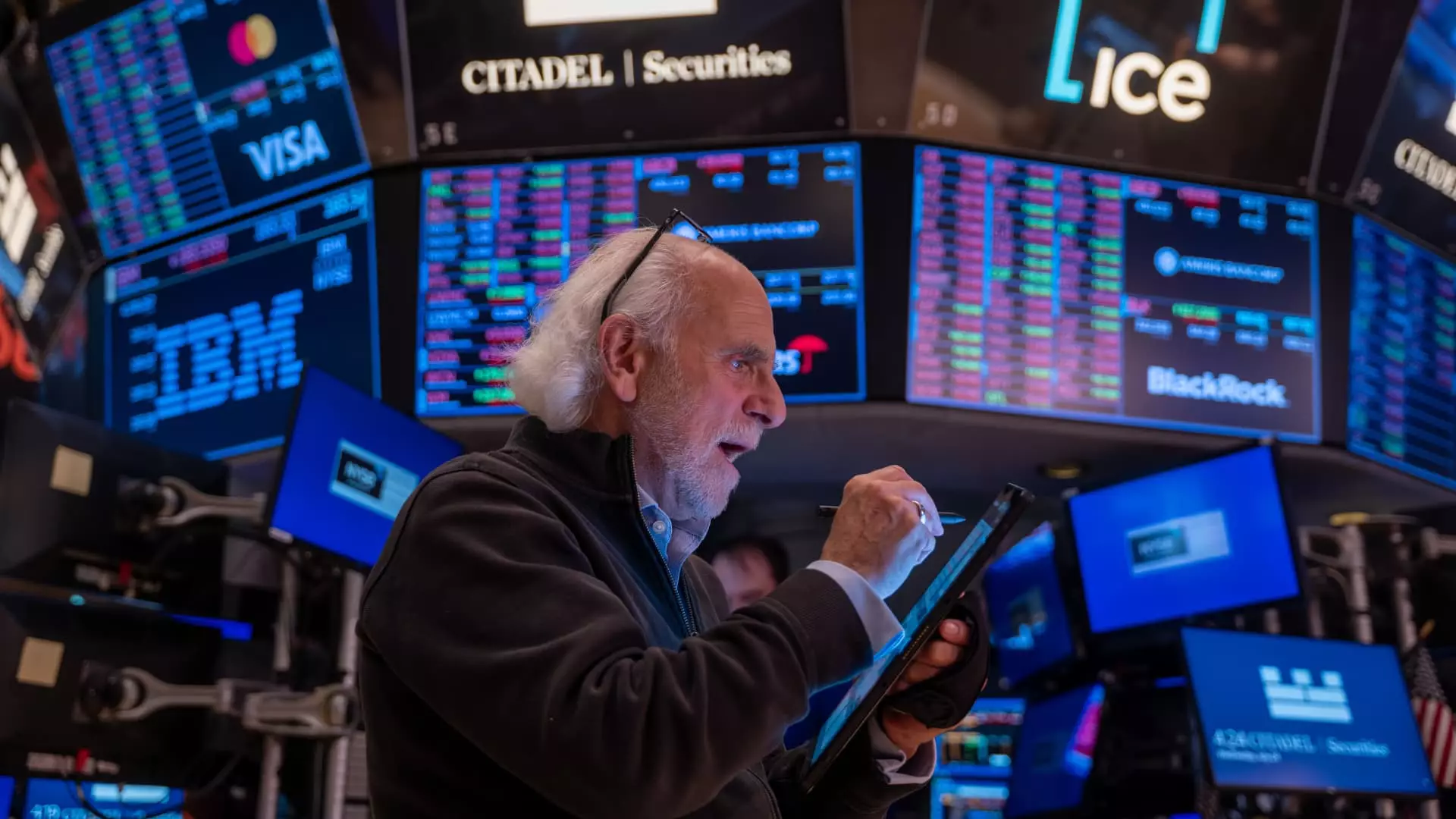The recent trends in the Nasdaq-100 index have indicated significant profit taking from many investors who have chosen to reduce their exposure to what is known as the “Magnificent Seven.” This includes tech giants such as Nvidia, Meta Platforms, and Alphabet, among others. As we continue to digest the earnings reports of these companies, there is a prevailing sentiment that more unwinding is to come for the Nasdaq-100. The Invesco QQQ Trust ETF, which tracks the performance of this index, may see further volatility and carnage in the coming days, leading to more tech stocks being sold off.
Despite a recent attempt at a comeback by the tech-heavy Nasdaq-100, the move ultimately fell short, with the index finishing back in the red. This failed rebound followed the index’s worst day in nearly eighteen months, driven by negative performance from key players such as Alphabet and Tesla. Alphabet’s post-Q2 earnings report resulted in a 5% drop in its stock price, while Tesla experienced its worst day since 2020, with shares falling by 12.3%. The sell-off spread across the market, with the QQQ closing down over 3.5% and the S&P 500 index closing down over 2%, marking the first time in almost 400 days that such a significant drop had occurred.
Given the current momentum in the market, there is a sense that the QQQ could potentially drop further, possibly reaching its 200-day moving average at $426. To take advantage of this potential downturn, an options strategy could be implemented. One approach is to execute a put spread, which involves buying a higher strike put while simultaneously selling a lower strike put. For example, an investor could buy the August regular expiration 8/16/2024 $455 put for $7.50 and sell the August regular expiration 8/16/2024 $425 put for $1.65. This would result in a debit spread that costs $5.85 per one lot spread. The idea behind this strategy is to profit if the Nasdaq does indeed dip further, as anticipated.
By implementing a put spread strategy, investors can define their risk and view the premium paid as an insurance policy that may go unused if the market rallies. In the event that the Nasdaq-100 continues to decline, the profits from the put spread would be the difference between the amount paid for the spread and the $30 wide spread. This approach allows investors to have a controlled risk exposure while potentially benefiting from a further downturn in the market.
The recent market dynamics and performance of tech stocks suggest that there could be more downside to come for the Nasdaq-100. Investors who are looking to capitalize on this potential trend may consider implementing an options strategy such as a put spread. By carefully managing risk and anticipating market movements, investors can position themselves to profit from a further decline in the tech sector. It is essential to stay informed of market developments and seek advice from financial professionals before making any investment decisions.

